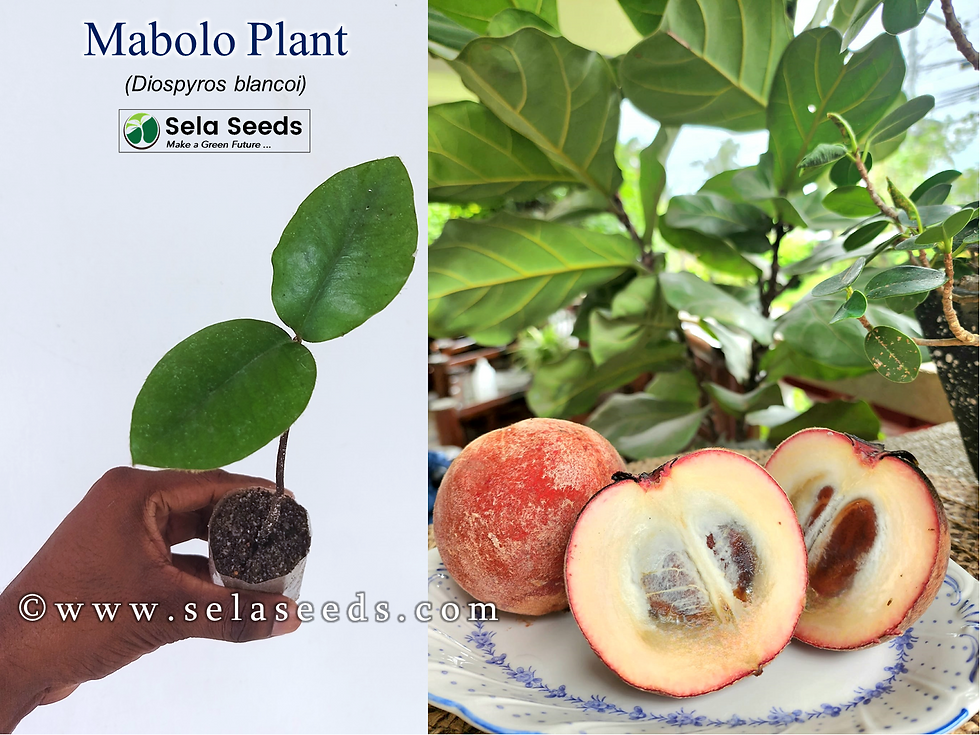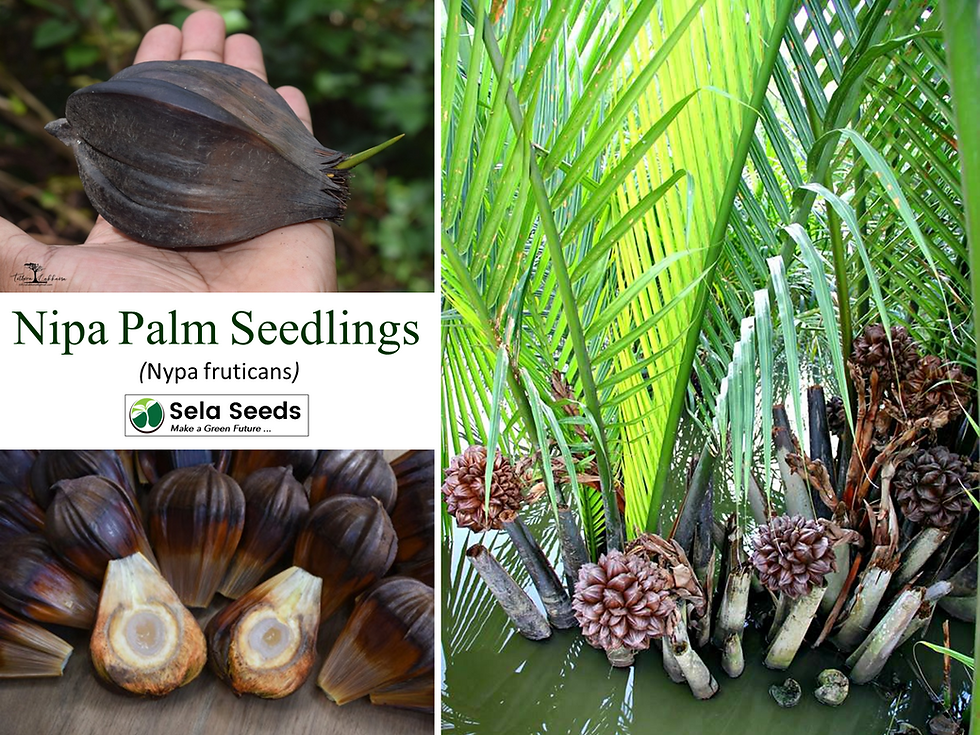Common Name: bird's nest fern
Type: Fern
Family: Aspleniaceae
Native Range: Tropical Old World
Zone: 11 to 12
Height: 3.00 to 5.00 feet
Spread: 2.00 to 3.00 feet
Bloom Time: Non-flowering
Sun: Part shade to full shade
Water: Medium
Maintenance: Medium
Leaf: Evergreen
Tolerate: Rabbit, Heavy Shade
Plant Size : 15Cm - 20Cm (High)
Culture
Winter hardy to USDA Zones 10-11 where plants may be grown outside in the ground in warm, bright but shady locations in humus-rich, moist but well-drained soils with added leaf mold, sand and grit. Avoid direct sun. Ferns grown outside prefer minimum temperatures of 50°F, but will usually tolerate occasional brief temperature dips into the high 30s.
In St. Louis, it is grown as a houseplant. It performs best in a porous, well-drained, peaty potting mixture in bright filtered light. Avoid direct sun or dense shade locations. It does best in warm, moderately bright areas of the home, but tolerates some shade. Grows well in bright north-facing windows. Keep soils uniformly moist. Fairly high humidity is needed, which is a condition that can sometimes be difficult to achieve indoors in winter. Good plant sites include humidified areas, bathrooms or atop wet-pebbled trays. Avoid handling the somewhat delicate fronds. Indoor plants generally seem to have less tolerance for temperatures that dip below 50°F than plants grown in the ground outdoors. Ideal indoor temperatures are 60-70°F with a minimum of 55°F.
Noteworthy Characteristics
Asplenium nidus, commonly called bird’s nest fern, is a slow-growing, epiphytic fern of the spleenwort family featuring simple, entire, strap-shaped, glossy, bright apple green fronds with contrasting dark brown to black midribs and undulating margins. Fronds spread upward and outward to form a vase-shaped, green rosette with a nest-like center (albeit memorialized by some as resembling a bird’s nest) into which fallen leaves and other organic matter typically accumulate. Mature fronds on outdoor plants grow to as much as 4-5’ long with a spread to 8” wide, but fronds on indoor container plants typically grow to only 1 1/2' to 2’ long. Undersides often display sori (clusters of sporangia) arranged in herringbone fashion in straight black lines from the central mid-rib to the frond margin.
Species plants are native to tropical areas from Polynesia and Hawaii west to Southeast Asia, Australia, and Madagascar. They are often found growing on tropical rainforest trees as epiphytes which collect water and organic matter in their bowl-shaped rosettes.
The genus name Asplenium comes from the Greek and means "without a spleen", possibly in reference to the belief that certain species of this plant could treat problems of the spleen.
Specific epithet means nest in obvious reference to the nest-like structure formed by the rosette of overlapping fronds.
Common name of bird’s nest fern is in reference to the aforementioned nest formed by the fronds which arguably resembles a bird’s nest.
Problems
Watch for slugs and scale. Drafts may cause fronds to brown at the edges. Chemical insecticides will damage plants (use soaps if necessary). Mealybugs. Bacterial leaf diseases. Leaf nematode is also common.
Uses
Noted for its shape and distinctive glossy bright green leaves. A single fern has good specimen value. Where winter hardy, it may be grown outdoors in the ground or as an epiphyte on tree trunks. Excellent houseplant for indoor areas with good indirect light and respectable humidity.
top of page
$15,00Prijs
Nog maar 4 op voorraad
Gerelateerde producten
bottom of page

































